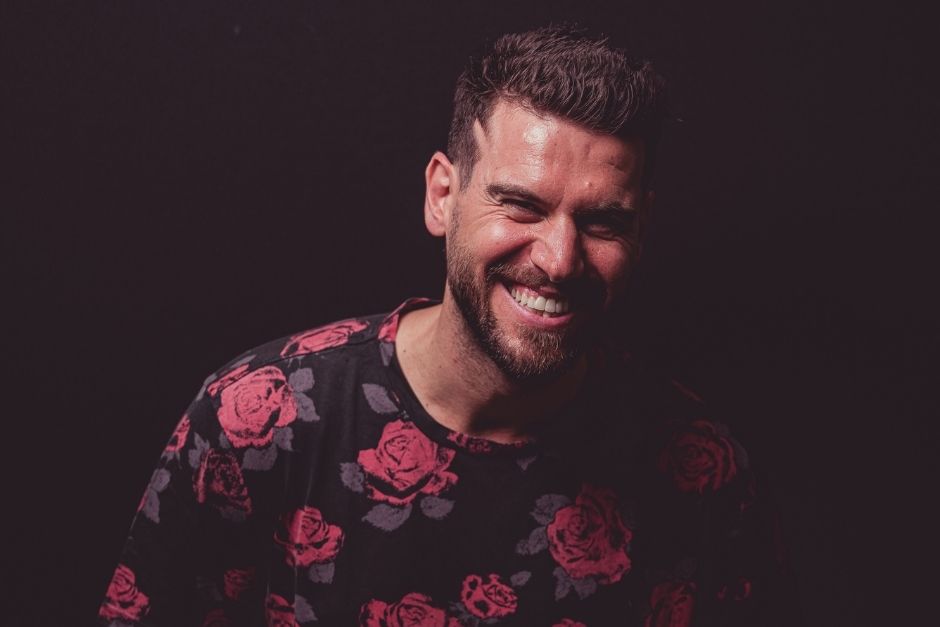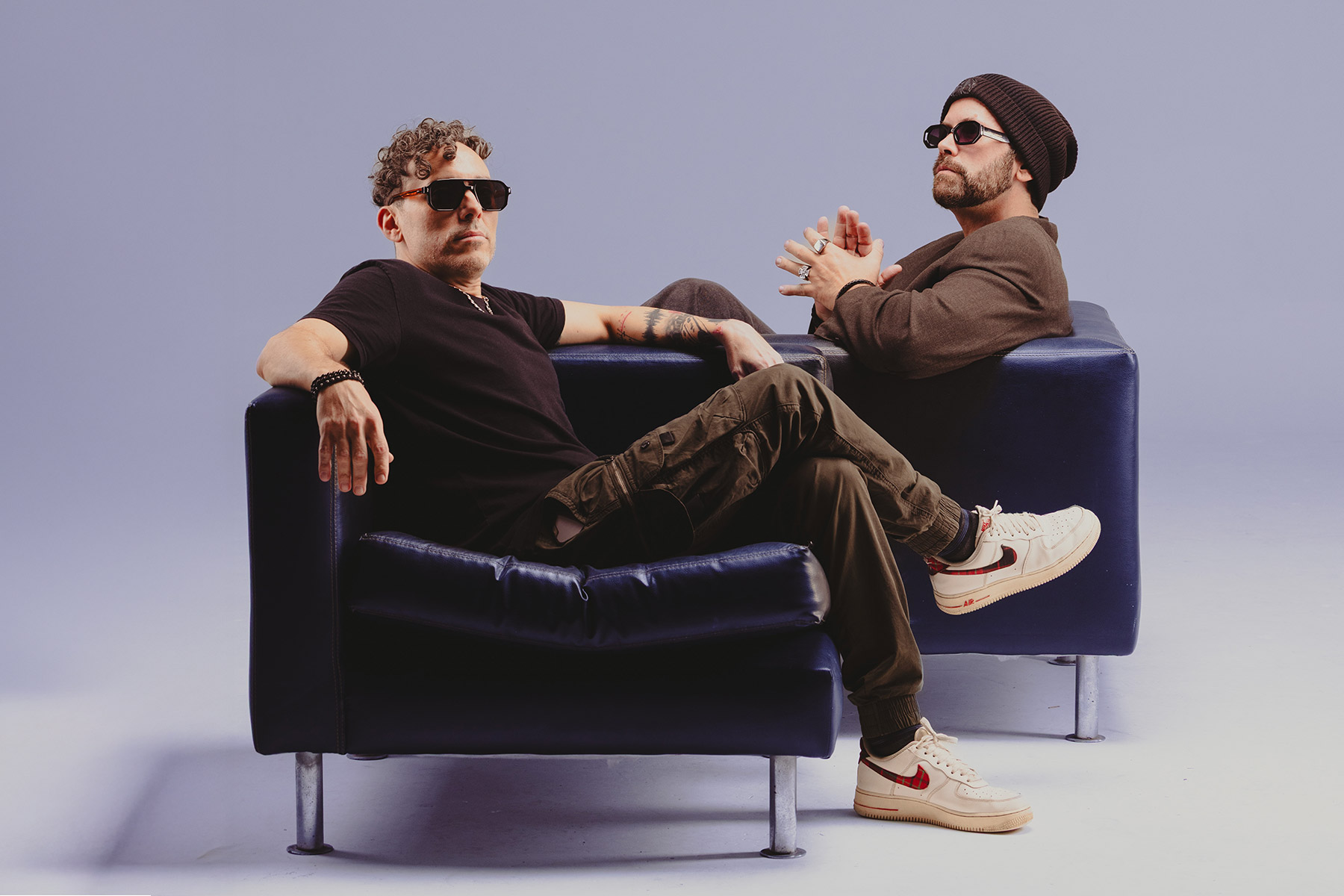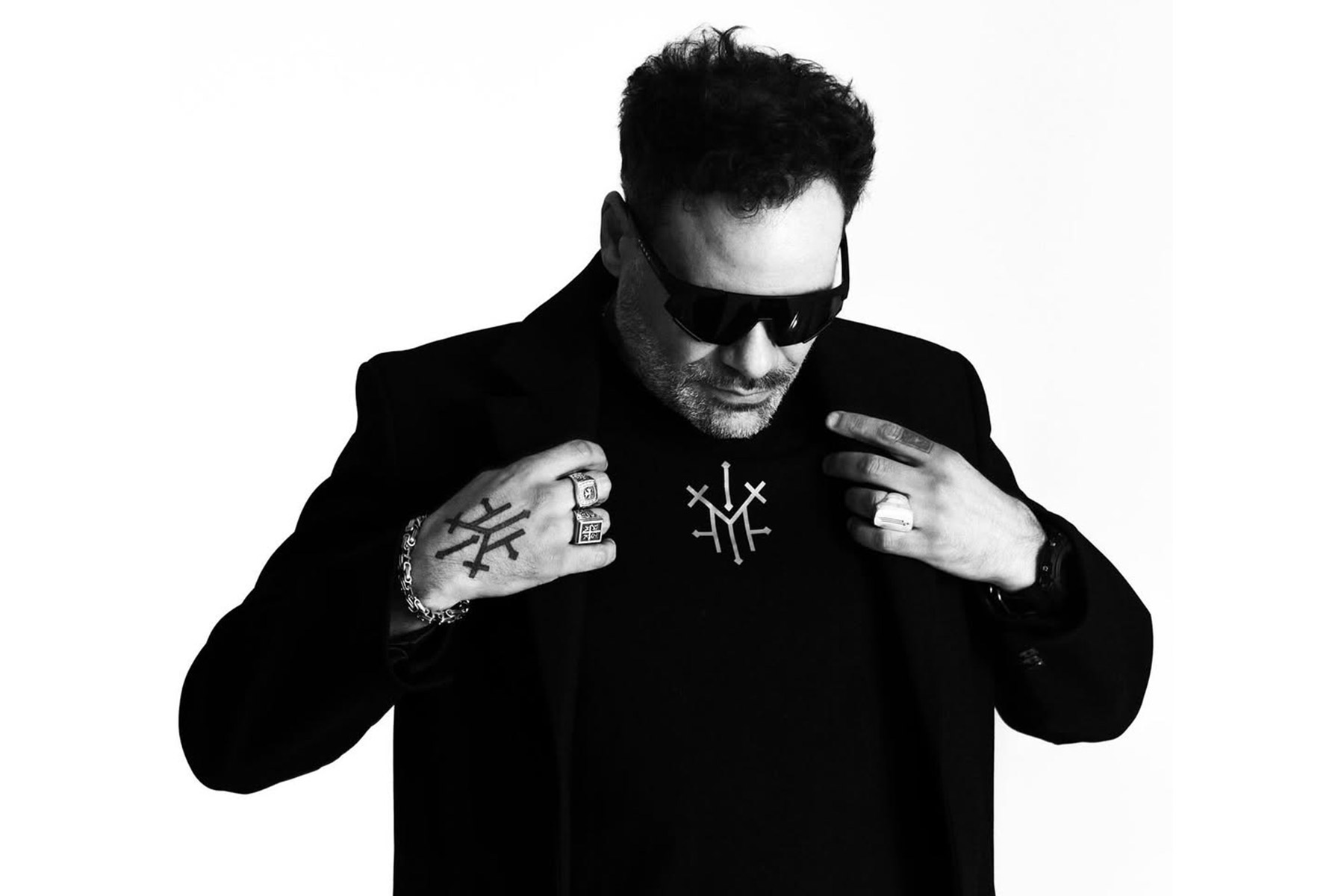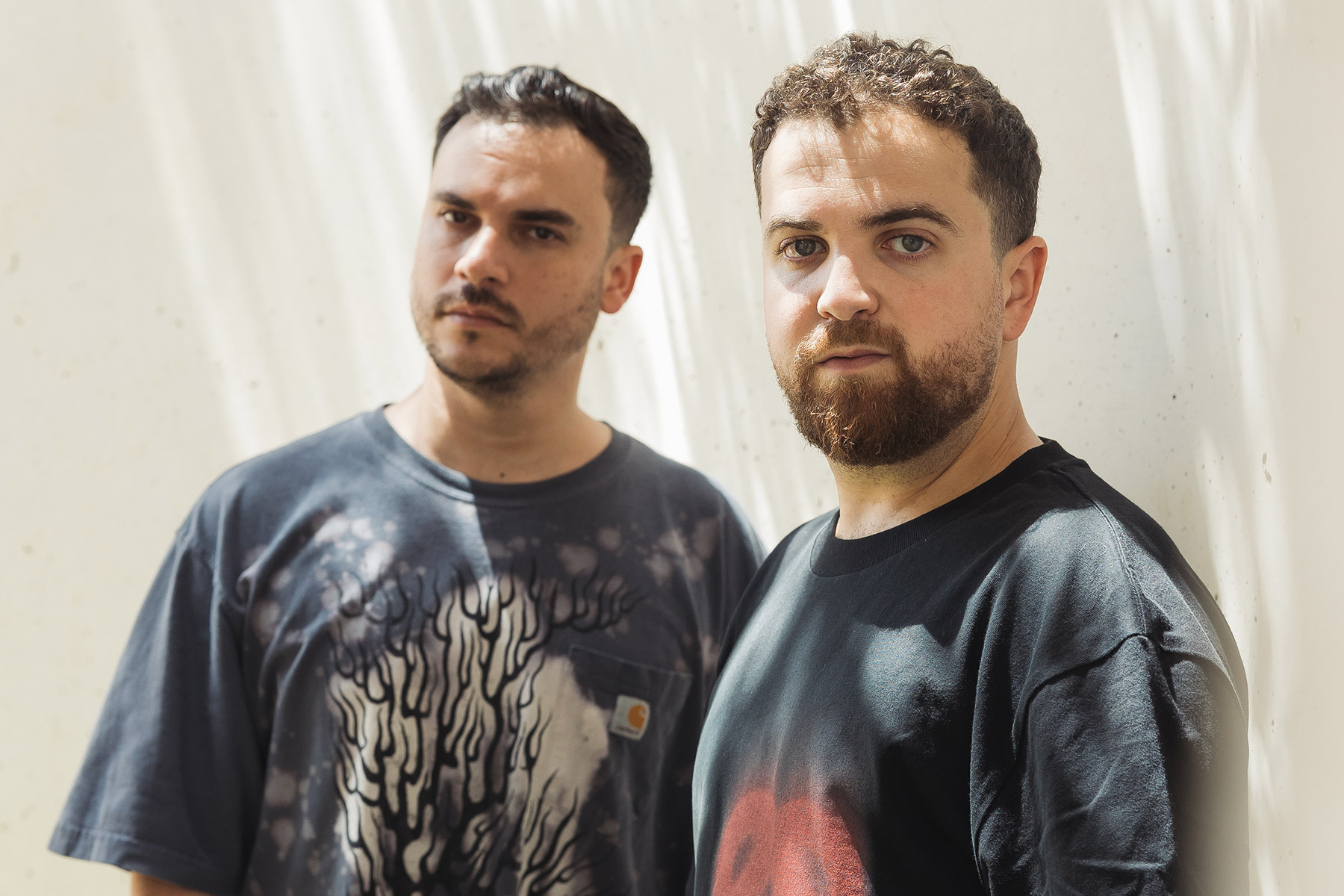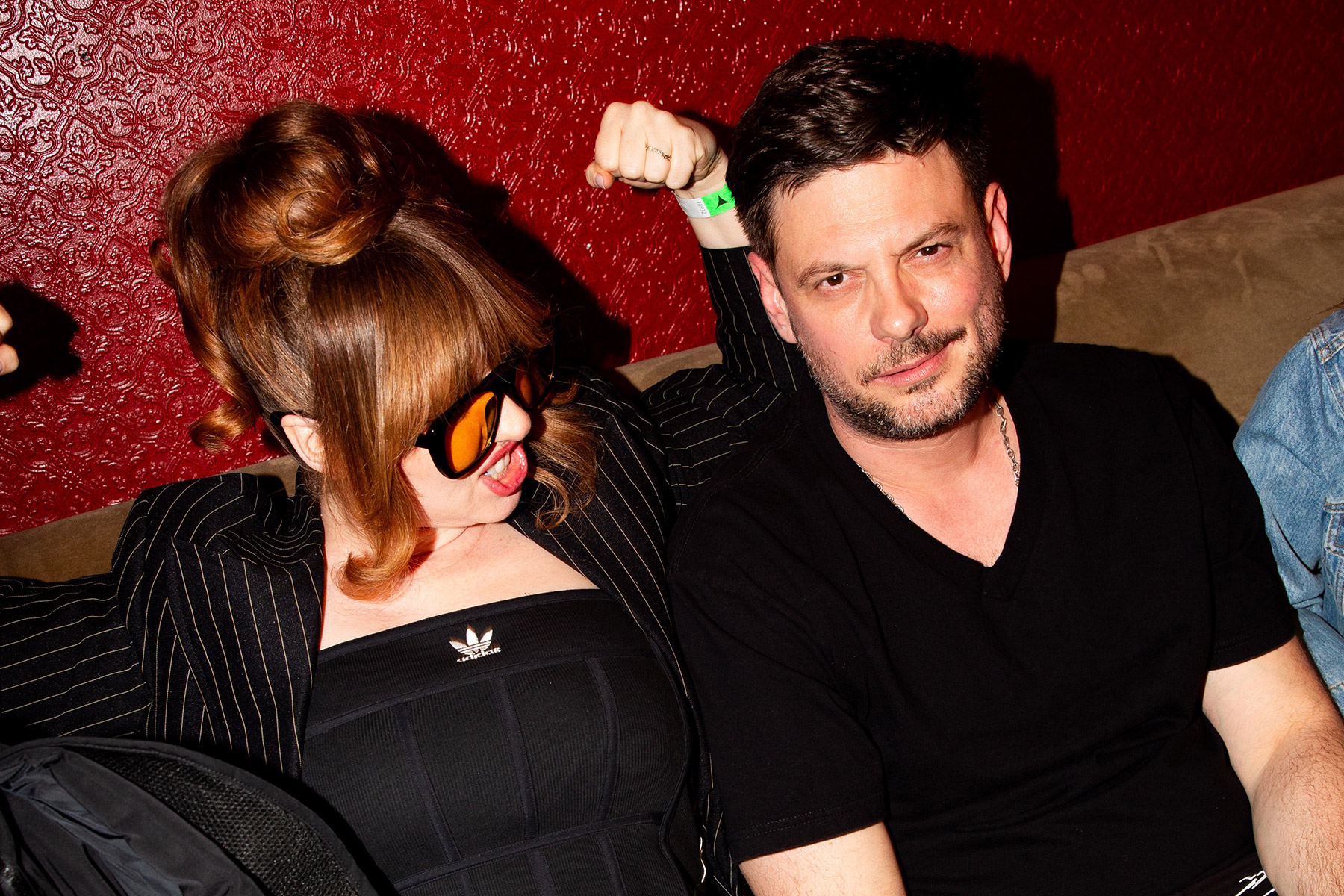Raised on Beirut’s famed club scene, Dubai-based since 2014, Bachir’s uplifting mellifluous sets and deep, emotional productions movingly and skilfully combine progressive house, deep house, and shades of tech house. Inspired by his older brother who was a hip-hop and R&B DJ, Bachir started exploring electronic music aged 16 and was captivated by Beirut’s diverse music scene. His first DJ gig was in 2006 at OM, an after-hours club in Beirut.
Hernan Cattaneo was one of his earliest supporters, and he has played alongside the likes of Sasha, Black Coffee, Lee Burridge, Damian Lazarus, Patrice Bäumel, Joris Voorn, Peggy Gou, Nick Warren and Henry Saiz from the UAE to Europe and beyond. Now rising talent Bachir Salloum is rapidly establishing himself as a quality producer, releasing on labels like Balance Music, Sudbeat, Hoomidas, Earthly Delights, among others.
With a packed release schedule for the coming months, including on Third Avenue, Akbal Music, and more, Bachir is set to be one of the stars of the Middle East scene and beyond.
In order to celebrate his latest releases ‘Head Above Water’ via 3rd Avenue, Bachir Salloum shares 5 tips to be successful in the studio.
1. Be Disciplined
Try to have a daily schedule, a daily studio routine. The ideal would be to work 3-4hrs non-stop without interruptions of any kind away from social networks and phone calls that divert you from the work. If you have a studio at home, it is important to have a work attitude, the same as you would have towards any job. Having discipline will help your mind be clear, to stay focused, and work more productively.
2. Consistency and limitation
Making something a regular practice is how you improve. Showing up every day and working on your music is key to getting better and improving your skills. It helps with finding your own signature sound as an artist too.
I overcome limitations by not giving up or moving to another project hastily, things just take time. You have to invest the time, consistently – any form of art takes time. You’ve got to make space for ideas to come through. They don’t always happen the minute you open your DAW. Patience is an important trait to have if you want to be a good producer.
3. Headroom
Something that made my mixes much better was the realization of frequency efficiency in the mix. Oftentimes sounds I recorded contained energy in frequency bands where they didn’t serve any purpose. All these “hidden” frequencies add up and clutter your headroom. For example, hi-hats, you don’t need low end on a hi-hat, if you add low end, then you have a hard time getting the mix loud if your headroom is maxed out too soon. You want to keep enough headroom on your master bus so you can master the track and make it sound loud and present, in the end, it’s about making decisions in your mix: What’s your low end? Is it the kick? Is it the bass? There needs to be a clear hierarchy.
Defining which sound actually is the low-end foundation of your track helps you mix the track accordingly. So, if a low kick is hitting hard at around 55hz you can carve out that frequency in your bass a little bit to make room for the kick. They don’t both need the same energy in the same frequency, so better decide which sound gets to add how much energy in which frequency. You can use sidechain compression for shaping bass/kick dynamics. I also love dynamic EQs and multi-band compressors because they can help you really shape the frequencies on each channel, so each sound contributes to the right amount of energy in the frequency spectrum.
4. Give your tracks some sleep
Once you have (or you think you have) finalized a track, my advice is to put it to rest, not much, but a couple of days is the ideal measure. Once you open the project again, you will be able to listen to it with fresh ears and you be able to notice little mistakes in the mix or some parts that are not so necessary. Or perhaps you notice some elements that still need some tweaking here and there like a cymbal or EFX noise to enhance that drop, or the bass (or kick) is so loud. Based on my experience, giving a second hearing to a track a couple of days after it has rested always brings clarity to the project!
5. Ask for feedback
It is essential to have a break from the project after doing the initial arrangement or finishing a solid loop, just so not to fall into the repetitive listening loop that automatically becomes something you don’t like anymore. Ask for feedback from fellow artists who will provide you with candid and constructive input; it will enable you to notice some mistakes or discrepancies in the project.
Bachir Salloum’s ‘Head Above Water’ is now available via 3rd avenue. Stream here and buy here.
Follow Bachir Salloum: Facebook | Instagram | Soundcloud | Spotify

